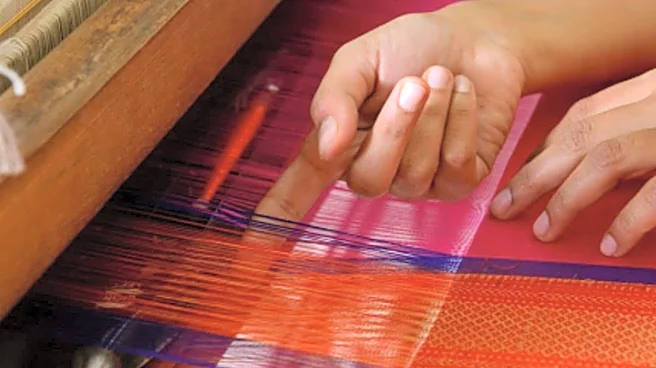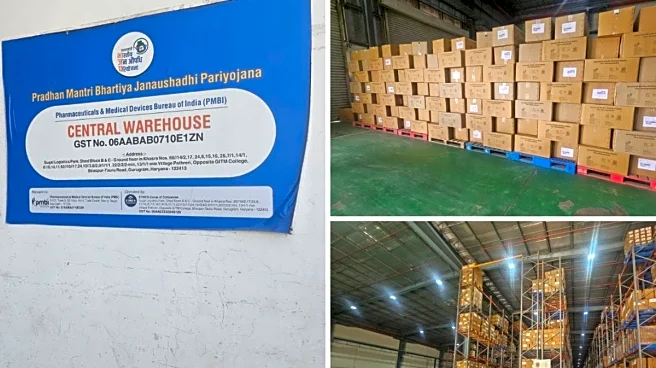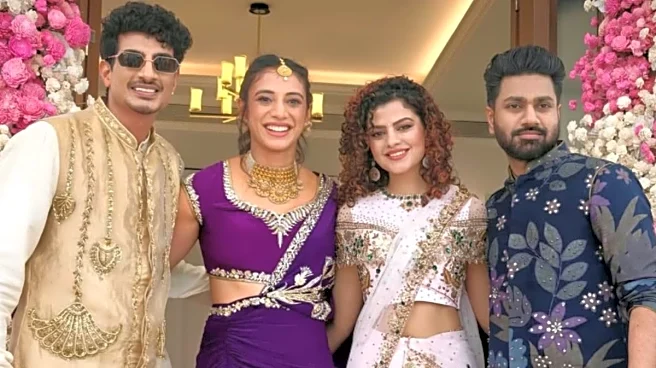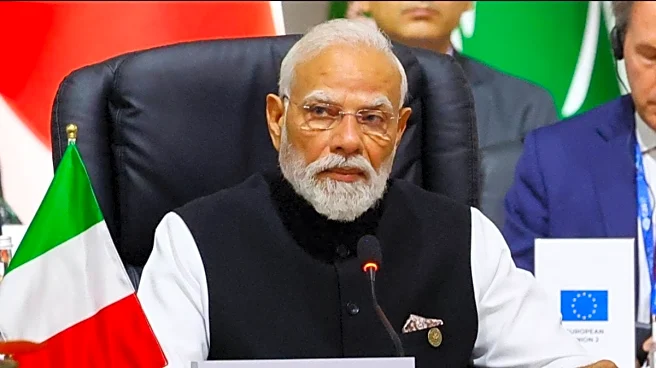The saree holds a timeless place in Indian culture, not just as attire, but as an expression of tradition, craftsmanship, and identity. While machine-made sarees dominate the market today, the beauty and soul
of a handloom saree remain unmatched. To understand what really goes into creating these exquisite pieces, Local18 spoke to Yeldi Hariprasad, a master handloom weaver from Rajanna Sircilla district in Telangana.
Hariprasad, who has spent decades preserving this traditional craft, supports his family and employs others through his weaving work. He explains that a handloom saree is not just made, it is woven with patience, skill, and heritage.
How A Handloom Saree Comes To Life
The process begins with fine silk threads, usually sourced from mulberry silk. These threads go through two crucial stages — warp and weft. Then comes the dyeing process, where colours are chosen based on the customer’s preference.
For Ikkat sarees, the technique is even more intricate. Threads are carefully tied with rubber bands according to the pattern and design, then dyed multiple times to create the signature blurred, artistic motifs. After dyeing, the threads are converted into laddis — bundles used to prepare the warp.
Once ready, the threads are mounted on a handloom’s beam, and weaving begins. Hariprasad explains that about 10 sarees are dyed in one batch, but each one is woven individually, entirely by hand.
A simple handloom saree takes about 15-20 days to make. But for designs like Buttajari or intricate patterned sarees, it can take up to 60 days, sometimes even longer.
Handloom vs Power Loom
On a power loom, two to three sarees can be made per day. But handloom sarees are one-of-a-kind, unique, and superior in texture, durability, comfort, and artistry. Each saree carries small imperfections — not flaws, but signatures of human craftsmanship.
“The quality and finish of handloom sarees can never be matched by machine-made ones,” Hariprasad says.
How Much Do They Cost?
A handloom silk saree can start at Rs 6,000 and go all the way up to Rs 30 lakh, depending on the design, material, and complexity. Hariprasad once wove a saree worth Rs 15 lakh. Power loom sarees, on the other hand, typically range from Rs 800 to Rs 1,500.
Crafting Heritage, One Saree At A Time
Hariprasad keeps experimenting with designs, creating sarees in cotton, silk, linen blends, and customised Ikkat variants. His sarees are available on online platforms, and he takes direct orders, crafting made-to-order pieces with guaranteed delivery.
His talent has not gone unnoticed. He has been honoured multiple times and even received praise from Prime Minister Narendra Modi on the 100th episode of Mann Ki Baat.
For Hariprasad, weaving is not just a profession, it is preserving history, thread by thread.



/images/ppid_a911dc6a-image-176399090137472185.webp)




/images/ppid_59c68470-image-176395754064082527.webp)

/images/ppid_a911dc6a-image-176389892666190001.webp)

/images/ppid_59c68470-image-176390503279374207.webp)

